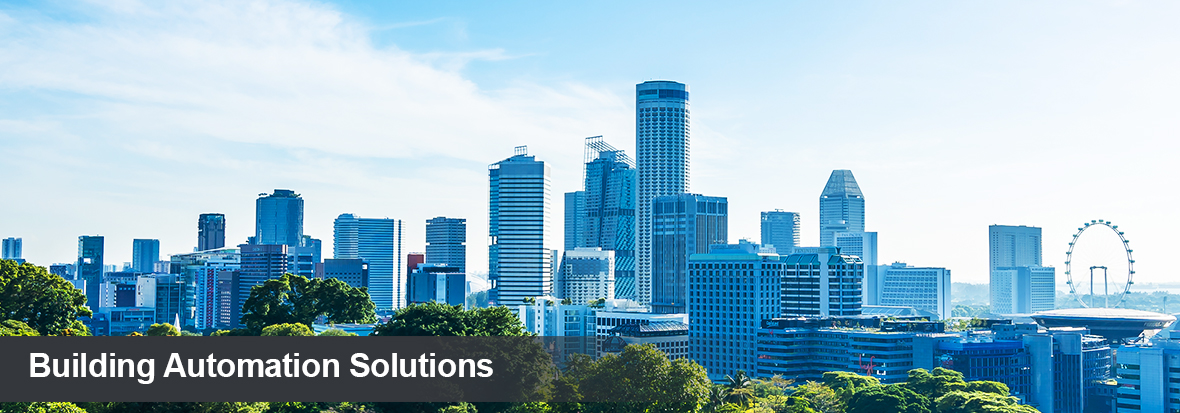The novel coronavirus epidemic since the beginning of 2020 has seriously affected people’s daily lives around the world. In the face of the epidemic outbreak, many people practice social distancing, in particular by staying at home for longer periods of time. As such, the safety and health of a building environment has become a popular concern.
As the novel coronavirus primarily spreads via droplets and close contact, air-conditioning systems in confined buildings can be a transmission route to cross infection. Therefore, it is especially important to ensure clean air quality while keeping fresh air intake into the room. The International WELL Building Institute ™ (IWBI ™) -—an organization delivering and promoting the building certification standard WELL Building Standard™ to advance human health and wellness—has unveiled policies on building design, operation, and management in response to the epidemic outbreak. They serve not only to help prevent epidemics but also to optimize the health performance of buildings to provide safety and comfort for people staying inside.
First, to improve air quality, WELL recommends frequent ventilation when outdoor air quality permits. Data collected from the indoor air quality sensor (IAQ Sensor) and the sensor installed in the outdoor air duct can be used to check the quality of the air inside and out. A fresh air intake system can also be automatically activated to improve indoor air quality by diluting harmful substances and germs in the air. Alternatively, the required data collected by an air quality sensor can be hosted on a mobile phone application. When better outdoor air quality than indoors is confirmed, the APP will send a message to remind occupants of the building to open windows for more high-quality air supply.
For office buildings, WELL recommends first increasing the ventilation volume of fresh air as one of the most effective preventive measures. While the fresh air demand can be identified by calculating the indoor space and the number of occupants, the air quality data collected by the IAQ Sensor, coupled with an indoor air quality server (IAQ Server) with edge computing functions, can be applied to an automation control system connected to a fresh air device. Working together, they can strengthen the ventilation strategy, improve the health of the physical environment where people work, and increase their work efficiency.
Meanwhile, the building management system can keep track of the running time of the fresh air system to provide reminders on regular cleaning and maintenance or replacement of the filtering device to optimize air filtration, reduce particulate matter that may carry viruses, and remove indoor air pollutants. Alternatively, upon receiving automatic notifications from the building management system on maintenance, building occupants can arrange regular cleaning and disinfection of cooling towers, air handling units, air outlets, and other equipment or components.
The coronavirus outbreak has sounded the alarm for the importance of a healthy and safe environment. The need for intelligent control of air conditioning and ventilation systems in buildings can no longer be ignored. A complete building automation solution must be able to seamlessly integrate various elements such as air-conditioning systems, fresh air devices, air monitoring systems, and corporate internal management systems. The integration will enable automation control and management of building equipment and systems according to the preset environmental parameters and monitoring results of the indoor ambient air quality, including temperature and humidity, carbon dioxide, suspended particulates (PM2.5 and PM10), Volatile Organic Compounds, and HCHO. It will follow up with automatic maintenance reminders as well as anomaly warnings, and further analyze historical data detected from the environment to facilitate the development of environmental monitoring strategies. Only such a solution can better meet the actual needs of users, address the two-pronged management benefits of saving energy and manpower and creating a clean and safe building environment, ensure the health of users, and bring forth the comfort and humanized advantages that smart buildings can provide.
Source : Building Automation Business Group
Disclaimer: The views and information contained on this blog is for general information purpose only. For further details please contact us at info@deltaelectronicsindia.com

